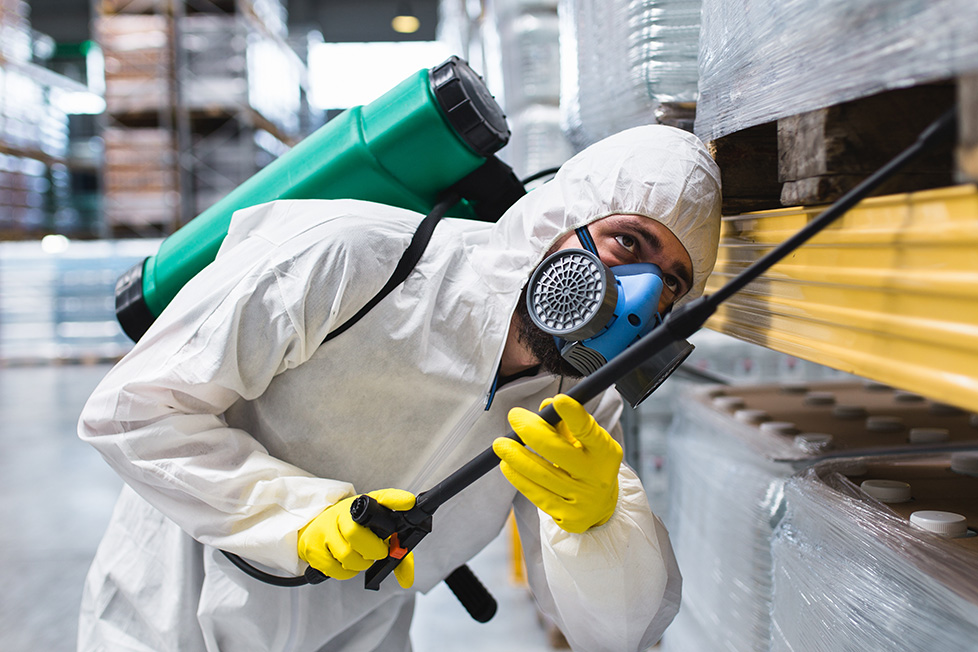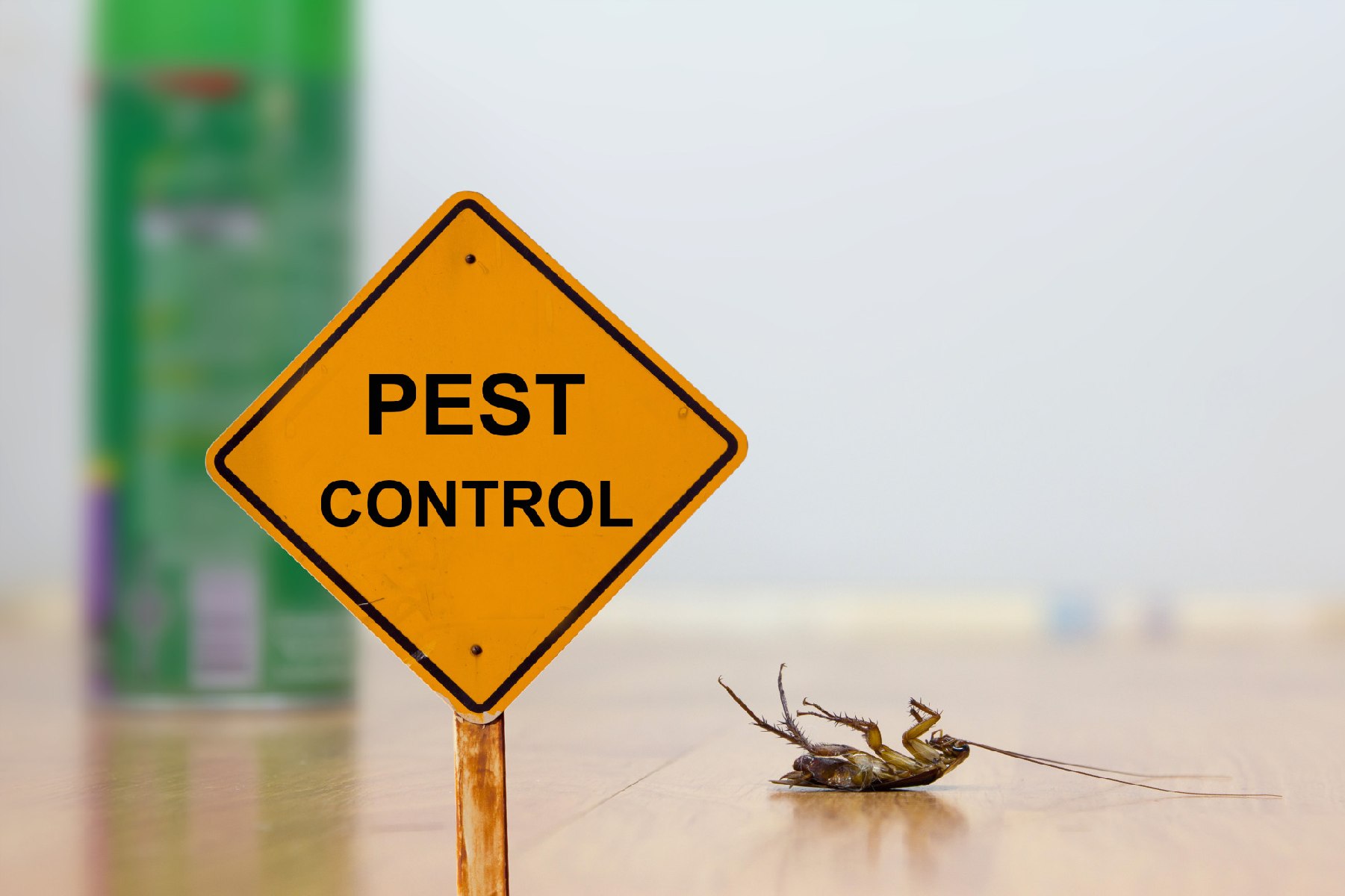Pest Control treatments to protect your home from infestations.
Pest Control treatments to protect your home from infestations.
Blog Article
Eco-Friendly Bug Control Approaches for Taking Care Of Wildlife in Urban Areas
Urban locations frequently find themselves at the junction of human activity and wildlife, causing one-of-a-kind challenges in insect monitoring. Green approaches emphasize sustainable conjunction, using strategies such as environment adjustment and all-natural repellents to minimize human-wildlife problems. These strategies not only safeguard the environment however additionally boost area involvement in wild animals management. As metropolitan populaces remain to expand, understanding the characteristics of wildlife interactions ends up being increasingly crucial. What innovative methods can be implemented to guarantee both ecological balance and metropolitan security? Exploring this concern reveals a compelling landscape of prospective remedies.
Understanding Urban Wild Animals Dynamics
Recognizing Urban Wildlife Dynamics is important for developing reliable and green bug control techniques. Urban locations are progressively coming to be environments for various wild animals species, driven by variables such as habitat fragmentation, food schedule, and human advancement. Identifying these characteristics enables a nuanced technique to pest administration that lines up with ecological concepts.
Urban wildlife usually includes varieties such as raccoons, squirrels, and birds, which adapt to city atmospheres, finding particular niches in green areas, parks, and also houses. Their existence can lead to disputes with human beings, especially when they manipulate human resources for food and shelter. Recognizing the habits and eco-friendly roles of these types educates strategies that reduce adverse interactions while promoting biodiversity.
In addition, acknowledging the interdependencies within urban ecological communities helps in determining critical areas for habitat conservation and reconstruction. This expertise contributes to the advancement of incorporated pest management (IPM) methods that take into consideration the eco-friendly equilibrium, consequently reducing dependence on damaging chemicals. By cultivating conjunction in between human beings and metropolitan wild animals, cities can develop much healthier settings that profit both homeowners and local environments, leading the way for lasting city living.
All-natural Repellents and Deterrents
All-natural repellents and deterrents use a sustainable alternative to conventional insect control methods by utilizing the power of nature to keep unwanted types at bay. These green options normally use plant-based components, necessary oils, and other normally happening substances that deter pests without damaging the atmosphere.
One efficient all-natural repellent is peppermint oil, which is understood to ward off rodents and pests. Its solid fragrance is unpleasant to many parasites, making it a prominent selection for urban settings. Similarly, vinegar and citrus peels can offer as deterrents, as their strong smells are typically uninviting to different wildlife.
Furthermore, diatomaceous planet is a natural powder that can be spread out in areas prone to bug activity, properly dehydrating and hindering bugs without posing threats to non-target species. In addition, garlic sprays and neem oil are acknowledged for their capability to ward off a vast array of pests, consisting of both insects and larger wildlife.
Executing these all-natural repellents not just decreases dependence on chemical pesticides but also advertises a much healthier city ecosystem, cultivating a much more well balanced coexistence in between humans and wildlife. By using these techniques, city areas can effectively manage insect populaces while minimizing environmental impact.
Environment Alteration Techniques
Effective habitat modification techniques play an essential duty in lasting pest management by changing the setting to make it much less conducive to pest infestations. By comprehending the environmental characteristics of city locations, building proprietors can implement strategic modifications that discourage insects while advertising biodiversity.
(Lawn pest control Port Charlotte)One primary method entails maintaining proper cleanliness. This consists of regular waste removal, protecting garbage can, and getting rid of standing water to minimize reproducing sites for pests and rodents. Additionally, landscaping techniques such as picking indigenous plants can enhance environmental equilibrium, giving habitats for advantageous organisms while lessening sources for bugs.
An additional important approach is check out this site to secure access factors in buildings. Checking and fixing fractures in foundations, walls, and home windows can dramatically lower bug access. Moreover, producing physical barriers, such as fencings or plant buffers, can inhibit wild animals motion right into human-inhabited locations.
Integrated Parasite Administration Practices
Building upon environment adjustment techniques, integrated insect monitoring (IPM) methods provide an all natural technique to controlling parasite populaces while decreasing ecological effect. IPM incorporates different methods, including biological, social, mechanical, and chemical controls, to achieve reliable insect monitoring.
Biological control entails the introduction of natural killers or parasites to minimize pest populaces. Cultural practices, such as plant rotation and hygiene, interrupt pest life process and diminish their environments - Pest control service. Mechanical controls, like traps and obstacles, offer prompt remedy for bug stress without chemical intervention
Chemical controls are made use of as a last hope, concentrating on targeted applications that limit harm to non-target varieties and the atmosphere. The choice of eco-friendly chemicals, when essential, is important to the IPM structure. Furthermore, keeping an eye on pest populations and examining potential damage assists notify decision-making, ensuring that interventions are prompt and reliable.
Neighborhood Participation and Education

(Bee Control)Workshops and informative sessions can outfit residents with understanding concerning indigenous species, habitat preservation, and reliable safe pest administration strategies. Cooperation with schools, regional companies, and federal government firms further improves educational outreach, making sure that important info gets to varied target markets.
In addition, community-led campaigns, such as neighborhood clean-up days and habitat repair jobs, not just advertise biodiversity yet additionally reinforce area connections. Pest control service. By urging residents to share their experiences and observations, communities can develop targeted techniques that deal with particular regional bug problems
Integrating comments from locals into pest management plans enables a more receptive and flexible technique to wildlife challenges. Ultimately, educated and involved areas are crucial to accomplishing long-lasting success in green bug control, causing healthier urban settings that appreciate both human and environmental needs.

Verdict
In verdict, eco-friendly parasite control approaches deal sustainable remedies for handling urban wild animals. By prioritizing habitat modification, utilizing natural repellents, and executing integrated parasite management techniques, communities can cultivate a harmonious conjunction with neighborhood animals.
Report this page